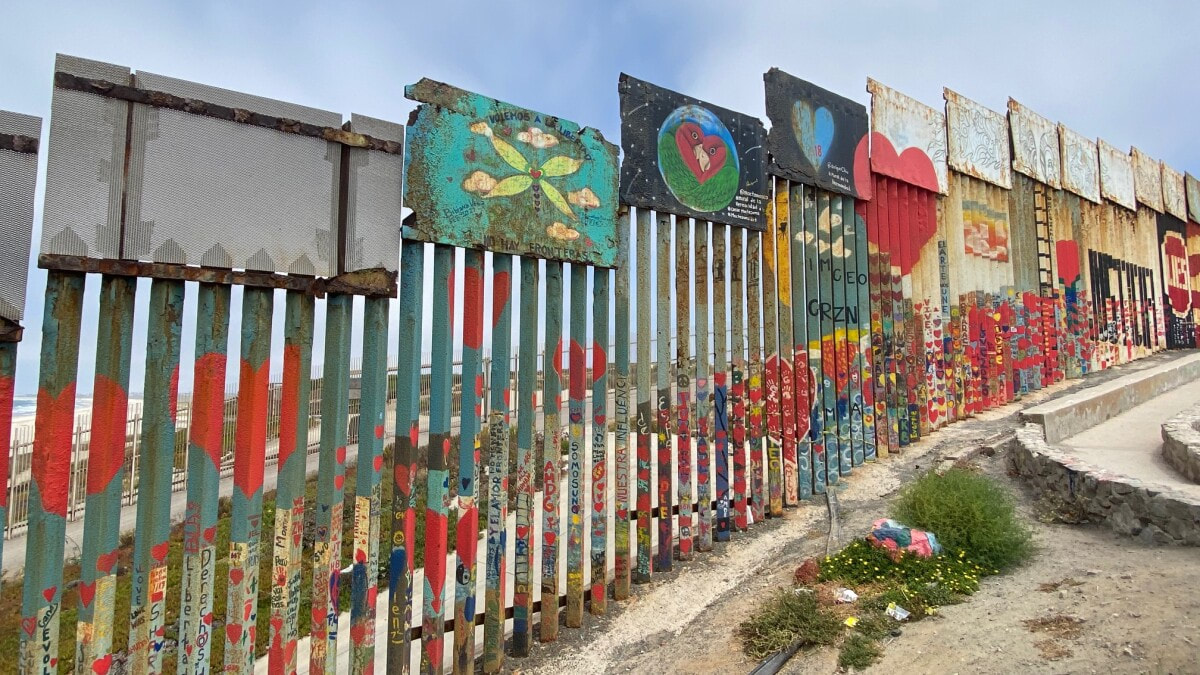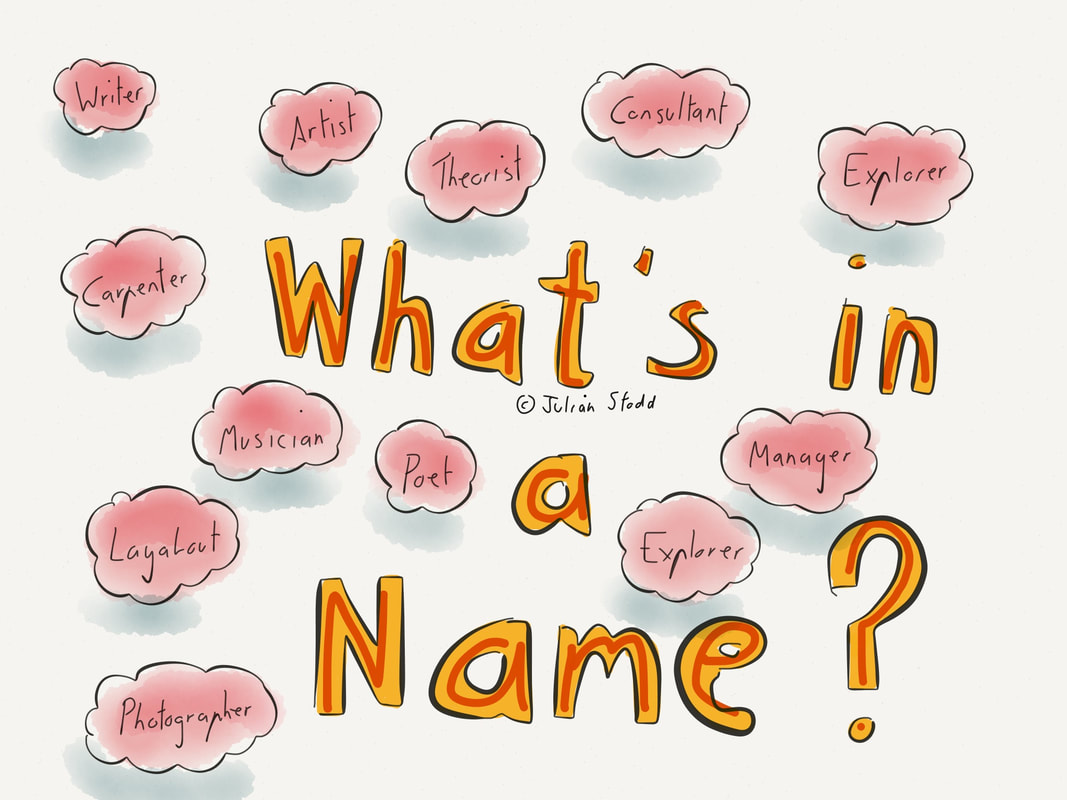End of the Year ReflectionTeaching Superpowers:
|
What it means to be an antiracist/equity-focused educator?
To be an antiracist and equity-focused educator means maintaining an inclusive classroom where all students, who are from different backgrounds, build a community that is both loving and safe. Teaching through an antiracist and equity-focused lens means being openly transparent and honest with my students about the history of our world. It's about bringing awareness to whose stories are being told and whose stories are being silenced. It means creating spaces for students to be curious and ask questions. It means celebrating every single human's individuality and that where we come from is unique to our story. It means embracing one another in order to build authentic relationships within our classroom community. My classroom is where students can engage in authentic conversations about the past and present to help every individual decide what it means to be a changemaker for their future. |
"Big Idea" Project: Borders - (In)Visible LinesThis future project idea sprouted from mine & a colleague's brain during our critical pedagogy class that we had taken at the High Tech High Graduate School of Education. After exploring Mission Trails with our class, we began to understand the biased & colonialistic rhetoric surrounding San Diego and formerly indigenous spaces such as Mission Trails. Whilst exploring and reading the plaques placed to educate visitors about the land, we sensed a strong need for an anti-bias view of spaces such as Mission Trails but truly, all over San Diego. Mission Trails is a hot-spot for field trips and it is an assumption that the students who visit are not viewing the space through a critical lens. This future project provides the opportunity for students to learn about San Diego's history through a critical lens that combines the relevance of borders both seen and unseen.
|
Future Project Idea: What's in a Name?Every single human has a name either given to them by others or made on their own. A name is usually the first piece of information that we share when meeting someone new. Our names are a marker of our identity in which others learn. Names have meaning, power, and hold a piece of our identity. Our names tell a story about ourselves. Throughout the project, students will build their classroom community where they feel a sense of belonging and safety with one another. Students will begin developing their understanding of why some people may or may not change their given name and develop a critical consciousness around the significance of names and the multiple aspects of identity that each individual beholds. A possibility for a final product is curating a children's book where each student creates their own about their given or chosen name to share their unique story of identity with their families, school community, and community partners at our exhibition.
Two Essential Questions:
|


